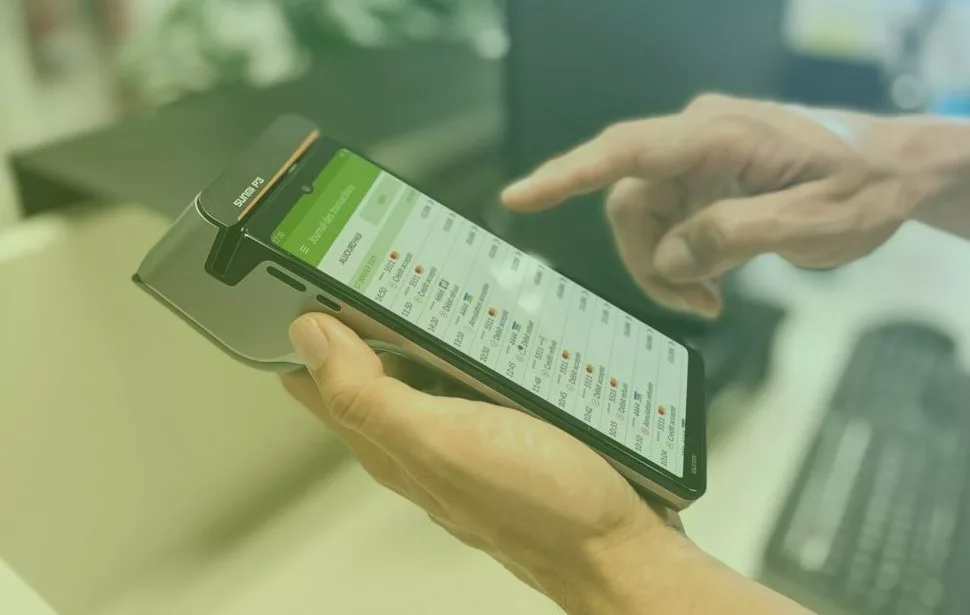Do you own an online business? In this case, valuing consumers’ confidence when buying over the Internet is important. Paying without seeing the recipient’s face or touching the product causes an intrinsic fear of being scammed. Fraud is a nightmare not only for the buyer but also for e-Commerce, but it should not be like that. Online fraud is widespread, and the problems it can cause businesses are severe: from a bad reputation to chargebacks, fines and brand damage.
To avoid this, your payment methods must be safe and adapted to consumers’ needs and preferences. For this reason, we will share with you the ranking of the best payment methods for e-commerce.
The 6 best payment methods for e-Commerce
Internet and Smartphone payments are moving the goalposts in the payment channel sector. Fintech, or technology applied to finance, has been a great opportunity for electronic commerce, developing new gateways and methods adapted to the conditions of potential customers.
Although there are more and more methods, each has a certain purpose. The most used are:
- Payment Facilitator -PSP Fintechs. They allow paying for purchases without customers having to give their bank information to sellers to collect. Fintechs can be wallets, payment gateways or processors that integrate, in turn, multiple methods to charge purchases made by users in an online store.
The rapid growth of online shopping has also increased the speed with which new payment methods are developed:
- PayPal. Since it was created in 2000, it has been very popular with consumers due to its features and security. It is necessary to associate one or more bank accounts in addition to a card to use it.
- Virtual POS (Point-of-Sale Terminal). It is the classic physical POS in stores but in an online version. Contracting it with a banking institution and associating it with an account in said bank is necessary. Generally, it allows users to use any card.
- PCI IVR. Let your e-business accept payments using an interactive voice response (IVR) solution.
- Wire transfer. It is one of the most widely used methods in the world, enables you to receive payment in advance and requires little programming in shops.
- Cash on delivery. Many users still use it, providing security to clients, as they do not have to advance payments until they receive the product and check it fits the requested one.
Despite all these advances in online business, payment alternatives for brick-and-mortar stores also continue to increase. In recent years we have seen significant progress:
- Payment with facial recognition. Some entities are already testing facial recognition payments, also known as invisible payments. It is a means by which we do not need a card or mobile to pay for a purchase.
- Physical POS. It is a device to manage sales-related tasks, such as charges by credit or debit cards, inventory management, etc. This technology is made up of hardware and software.
In some European countries, such as Spain, more and more users decide to make their purchases via the Internet, turning online payment methods into increasingly popular options. All the aforementioned payments for e-Commerce can be perfectly integrated into a single gateway to facilitate business control and monitoring and improve its security.
Conclusions about payment methods and security
If you have an online store, a key factor is having the right payment alternatives. Having a wide variety of them and easing their accessibility is one of the aspects to be taken into account by users when completing a purchase.
In 2016, a study by IAB Spain on electronic commerce showed that one of the main barriers for consumers was the fear of giving their card details online. However, little by little, new methods of greater security have been developed for both companies and users. For example, credit or debit cards allow payments to be made through a virtual POS comfortably and safely, thanks to the SSL certificate and compliance with bank security regulations. Data are fully encrypted and protected.
Secure methods are critical to maintaining a business, improving brand image, increasing conversion rate, and preventing potential fraud, such as phishing or data theft. Many companies lack the resources to verify data in real-time, increasing the chances of experiencing a cybersecurity problem. Follow these tips to avoid it in your online store:
- Pay attention to purchases that may indicate identity theft.
- Securely save your customers’ data.
- Analyse the reimbursements requested.
- Use address verification tools.
- Create clear policies against online fraud.
- Provide payment methods responsible for online fraud.
- Have a dashboard and track clients’ purchase history to identify potential vulnerabilities.
- Filter any suspicious activity.
Shopping habits are constantly changing. For consumers, it is sometimes challenging to finalize their purchases due to unexpected additional costs, mistrust generated by the redirection to an external page or because of another inconvenience. This leads them to abandon their carts at the time of paying.
Take care of your payments, and you will be taking care of your clients!





